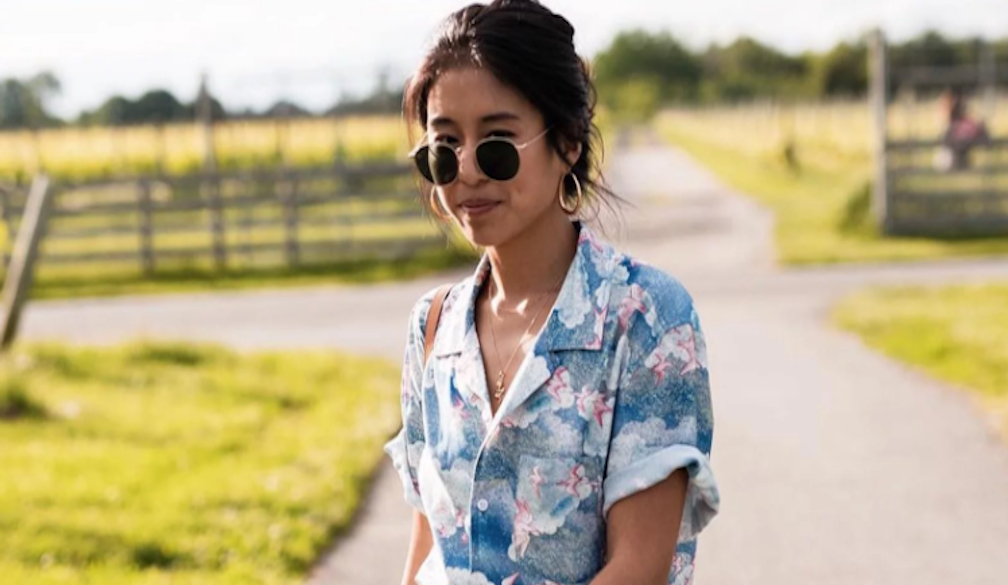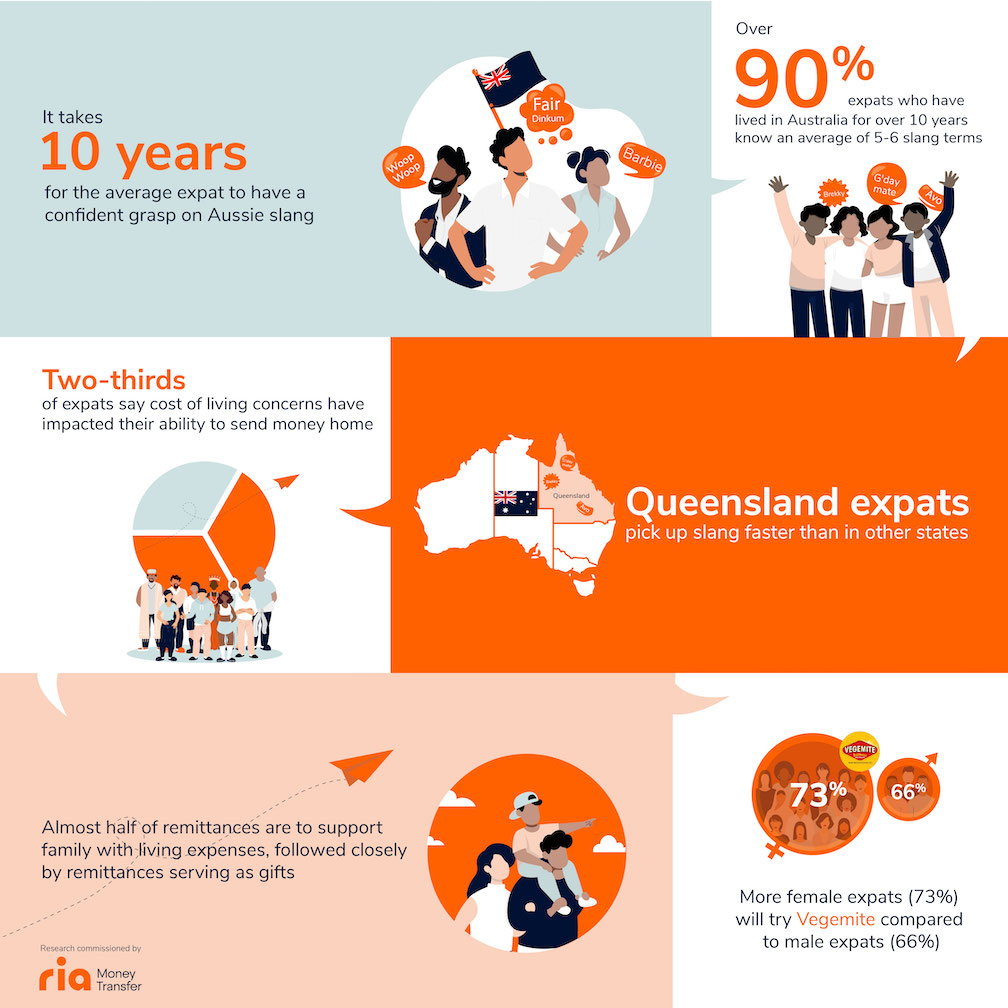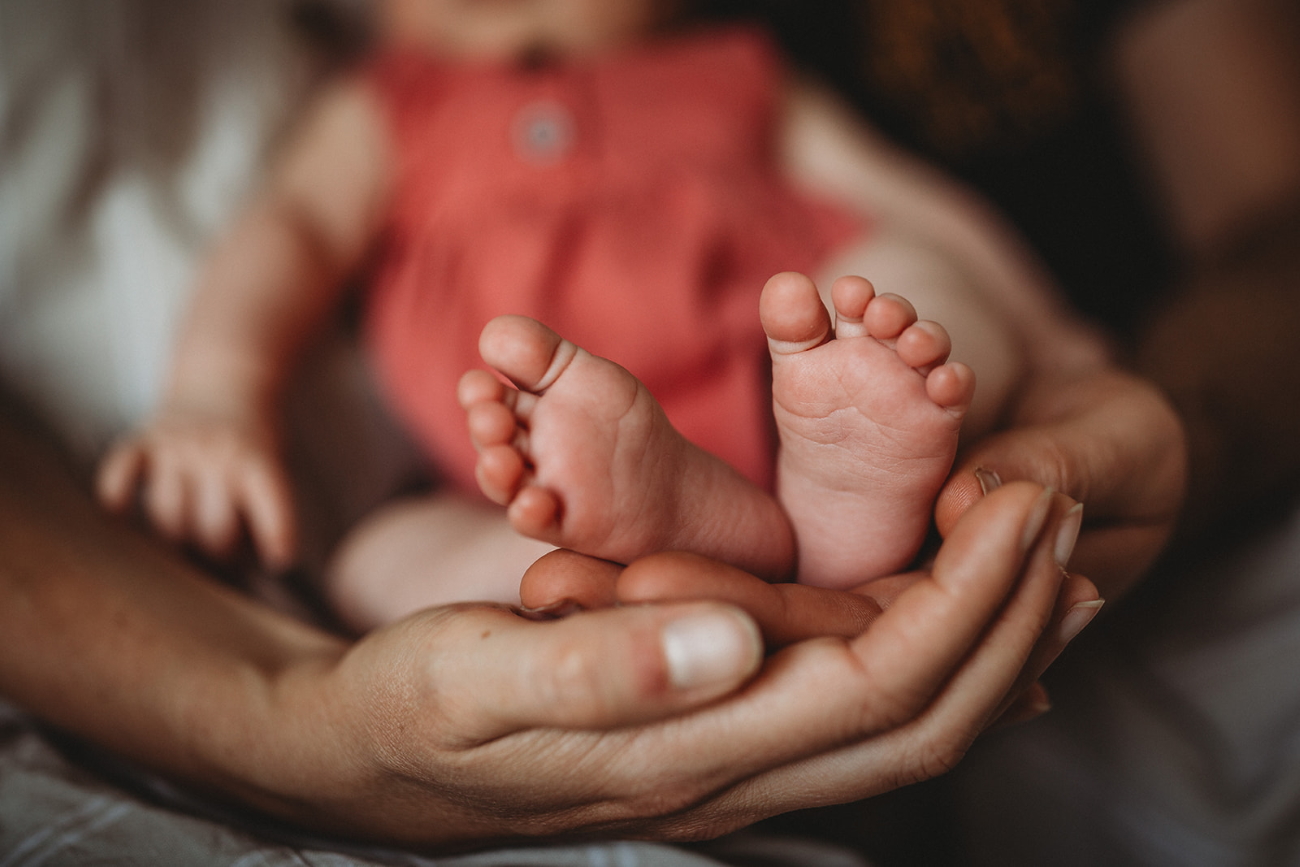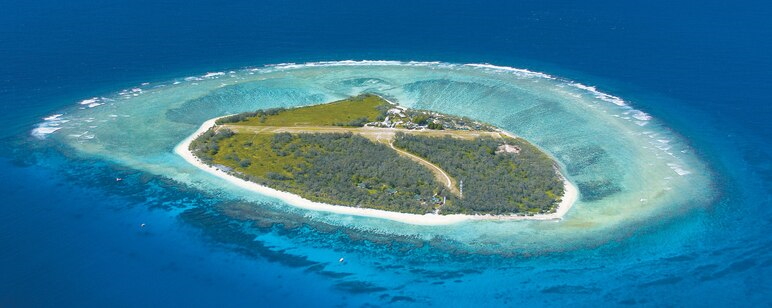The Rise of Hawaiian Shirts in Australian Fashion

In recent years, the Australian fashion landscape has witnessed a notable resurgence in the popularity of Hawaiian shirts. Once relegated to the wardrobes of tourists and kitsch enthusiasts, these vibrant, patterned garments have transcended their traditional confines to emerge as a staple of contemporary Australian fashion. This article explores the factors contributing to the rise of Hawaiian shirts in Australia, examining their cultural significance, stylistic evolution, and their unexpected role in redefining casual wear in a nation known for its laid-back style.
Historical Context and Origins
Hawaiian shirts, originally known as 'Aloha shirts', originated in the 1930s in Hawaii. They were designed to reflect the archipelago's tropical environment and multicultural heritage. Made from brightly colored fabrics and featuring bold, floral patterns, these shirts were initially intended to appeal to the tourists visiting Hawaii. Over the decades, the Hawaiian shirt became synonymous with leisure and vacationing, often seen as a symbol of relaxation and escapism.
Integration into Australian Fashion
Australia's adoption of the Hawaiian shirt can be traced back to its geographical and cultural alignment with the Pacific Islands, including Hawaii. The Australian climate, like that of Hawaii, supports the wearing of light and airy clothing, making Hawaiian shirts an ideal choice for the warm and often humid conditions prevalent across much of the country. Additionally, Australia’s strong beach culture and outdoor lifestyle have facilitated the integration of these shirts into everyday wear.
The rise of Hawaiian shirts in Australian fashion also mirrors broader global trends where there has been a revival of retro and vintage styles. As fashion cyclically reintroduces past trends, the Hawaiian shirt has been rediscovered and re-appropriated by a new generation of Australians who are drawn to its nostalgic appeal and vibrant aesthetics.
Cultural Resonance and Modern Relevance
What sets the Hawaiian shirt apart in the contemporary Australian fashion scene is its ability to convey a sense of individuality and laid-back confidence. These shirts are not just worn at beach gatherings or on casual Fridays but are increasingly spotted at music festivals, in creative workplaces, and during various social gatherings. The patterns and colors of Hawaiian shirts offer a playful contrast to the often-muted tones of mainstream fashion, allowing wearers to express their personalities in bold and expressive ways.
Moreover, the resurgence of Hawaiian shirts aligns with the increasing value placed on sustainable and ethical fashion. Many Australian consumers are now seeking garments that are not only stylish but also produced in a way that is less harmful to the environment. The modern Hawaiian shirt market in Australia has seen a shift towards shirts made from organic fabrics, such as cotton and bamboo, and produced under fair-trade practices.
Fashion Industry Embrace and Stylistic Adaptations
Australian fashion designers and retailers have played a significant role in elevating the status of Hawaiian shirts from mere novelty items to fashion statements. By incorporating modern cuts, experimenting with new materials, and diversifying the traditional Hawaiian patterns, designers have made these shirts more appealing to a broader audience. These adaptations have helped integrate Hawaiian shirts into various fashion contexts, from streetwear to high-end boutique collections.
The rise of Hawaiian shirts in Australian fashion is a testament to the dynamic and evolving nature of style, reflecting both global influences and local cultural adaptations. These garments have transcended their original purpose to become symbols of individuality and relaxed sophistication. As Australian fashion continues to evolve, the Hawaiian shirt stands as a vibrant reminder of how cultural and historical elements can interweave to create new, enduring trends in fashion. This evolution not only highlights the adaptability and resilience of fashion but also underscores the interconnectedness of global and local fashion narratives.





